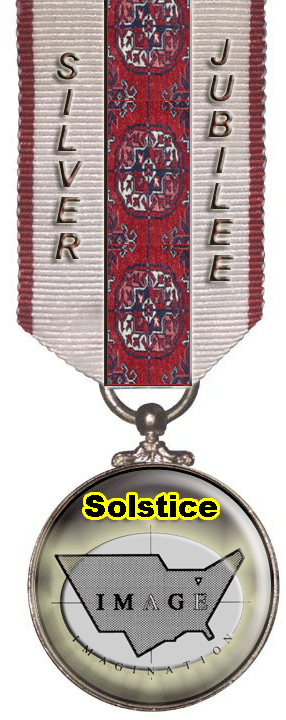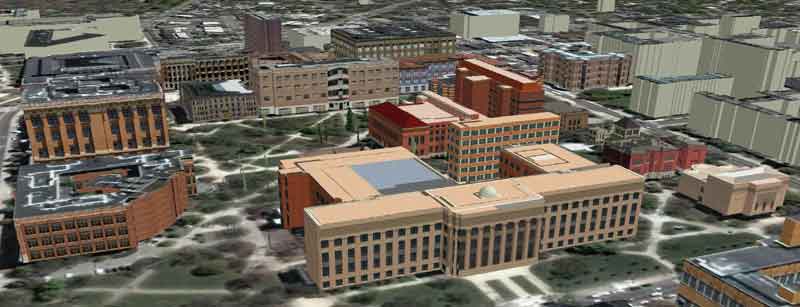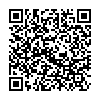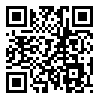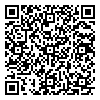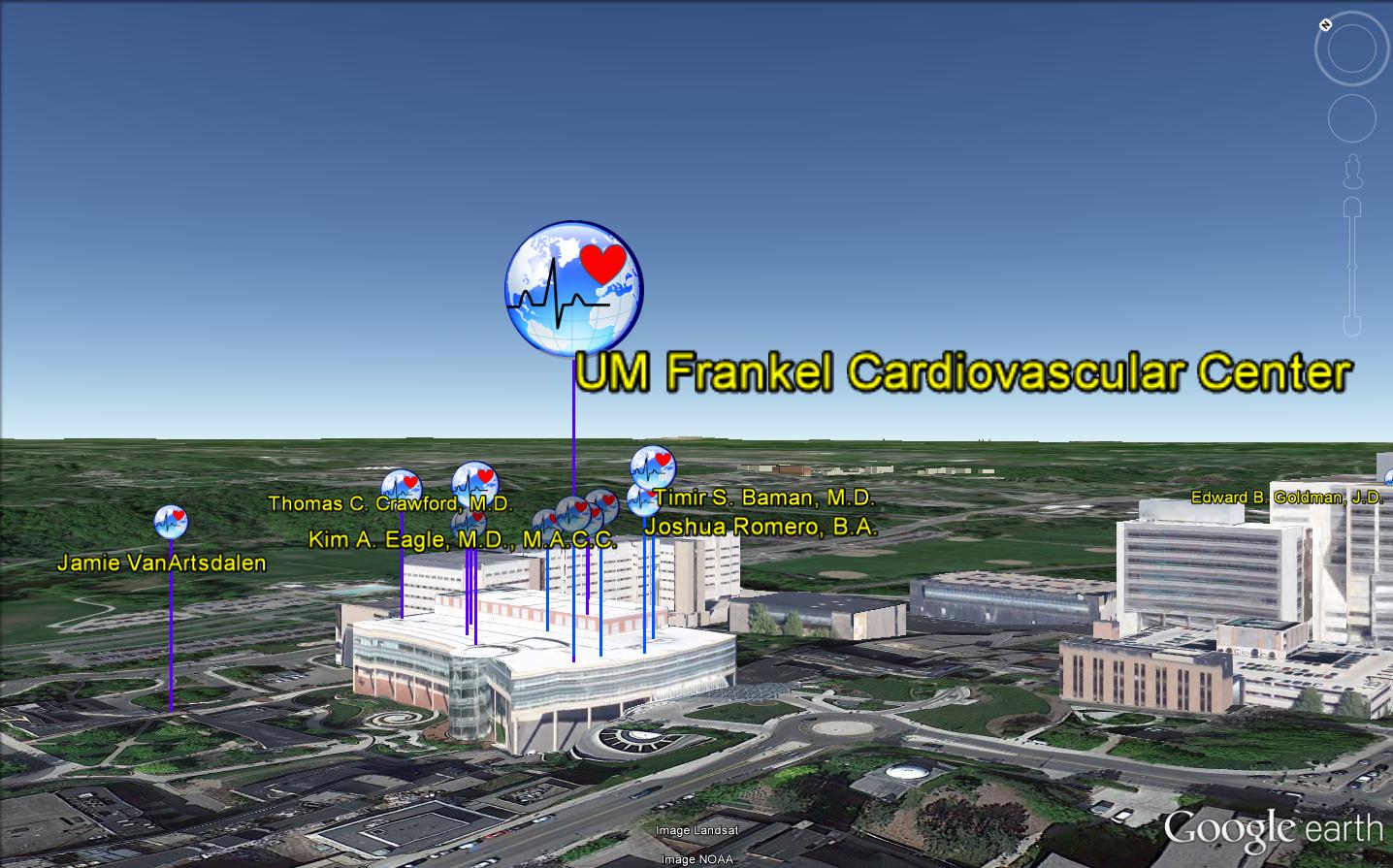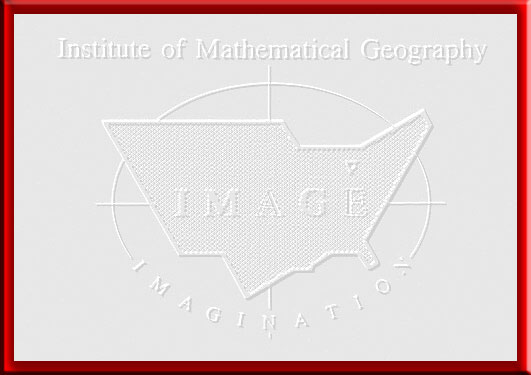|
Introduction
A major reason to
publish scholarly research is to share with others
some past and current wisdom so that envisioned plans to be implemented
will be built on a solid foundation. One particularly fascinating
and important cross-disciplinary project that is envisioned involves
the re-use of pacemakers (Project MyHeart/YourHeart,
The University of Michigan Frankel Cardiovascular Center, Eagle, Baman,
and Crawford). The ideal is that pacemakers in the developed
world that fall into disuse (either through death of an individual or
through recommended or voluntary upgrade of a device) but still are (or
may be made to be) functional, could be put to good use in extending
the life of a needy individual in a developing nation. Such
'need' might be evaluated in a variety of ways, but surely excludes
individuals who live in a country with insurance programs to cover
costs.
It might seem simple just to send a pacemaker from one place to
another, as an appropriate 'green' approach to extending life.
There are, however, federal and state regulations regarding the
transport of used medical devices and these do not always fall neatly
into a nested hierarchy of regulations that fit cleanly. There
are matters of device safety, cleanliness, and sterilization.
There are matters of training staff in developing nations to perform
implantation and maintenance of devices according to protocol standards
that are perhaps different from what the local medical population is
accustomed to. In brief, it is a highly complex issue cutting
across the medical, biological, environmental, political, and
death-care fronts. The linked
visual, printed originally in a reference below (Pacemaker Reuse: An Initiative to Alleviate the
Burden of Symptomatic
Bradyarrhythmia in Impoverished Nations Around the World), offers a clear
picture of many of the issues involved in the project.
To achieve the ideals of this project is time-consuming and much needs
to be done according to the agendas and schedules of local and federal
regulatory process at both the developed and the developing nation ends
of the spectrum--rather than at the pace of the scientists. The
gap between ideal/mission creation and implementation is one that can
be filled constructively with continuing scholarly research on various
aspects of the topic. The mechanisms of diffusion from initial
adoptors, as represented by authors of published materials, are
inspired by earlier work of Torsten Hagerstrand.** As the MyHeart / YourHeart
website notes:
Recycle
your Pacemakers!
Our
Ultimate Goal: Recycle used pacemakers once regulator approvals are
obtained. In the meantime, research is being conducted that will lay
the groundwork for this potentially life-saving project.
Each
year 1-2 million individuals worldwide die due to a lack of access to
pacemakers. Meanwhile, almost 90% of individuals with pacemakers would
donate their device to others in need if given the chance.
To see what is
happening in that gap, we offer visualization (using Google Earth) of
where authors of
related articles were located at the time the article was
written.
This simple tracking of the global distribution of interested scholars
points out 'adopters' of the idea who may serve as diffusers within
their realms of contact. Indeed the mere
tracking of the dissemination of interest in the ideals of the project
may, by itself, help to speed
the project along its path from conception to implementation!
Letting those with other than scholarly agendas see that the world of
dedicated researchers is leading the way may move hesitant others
along the path toward acceptance and full whole-hearted support.
Visualization in Google Earth
A Google Earth file
depicts the location of all authors, present on the MyHeart/YourHeart
website as of early May, 2014. That file is available here to
download:
Save the file on your computer in a
location of your choice. Then, using the free version of Google
Earth (presumably already on your computer; if not, install it if you
wish to look directly at the Google Earth file). Then, open
Google Earth and go to File | Open. Navigate to where you saved
the file. Open it in Google Earth. The start scene should
be similar to the image in Figure 1, below. If it is not, click
on the title at the top of the Frankel Cardiovascular Center
layer. Click on the 3D
Buildings layer to bring up the buildings shown below. |
Figure 1. Start
scene of MHYH.kmz--linked Google Earth file.
Click on a balloon
bearing the MyHeart/YourHeart logo. Extra
material about the person or place will come up. Figure 2 shows
an example of what comes up when the balloon of Dr. Kim Eagle is
clicked on. Continue to roll the globe around and explore the
file.
|
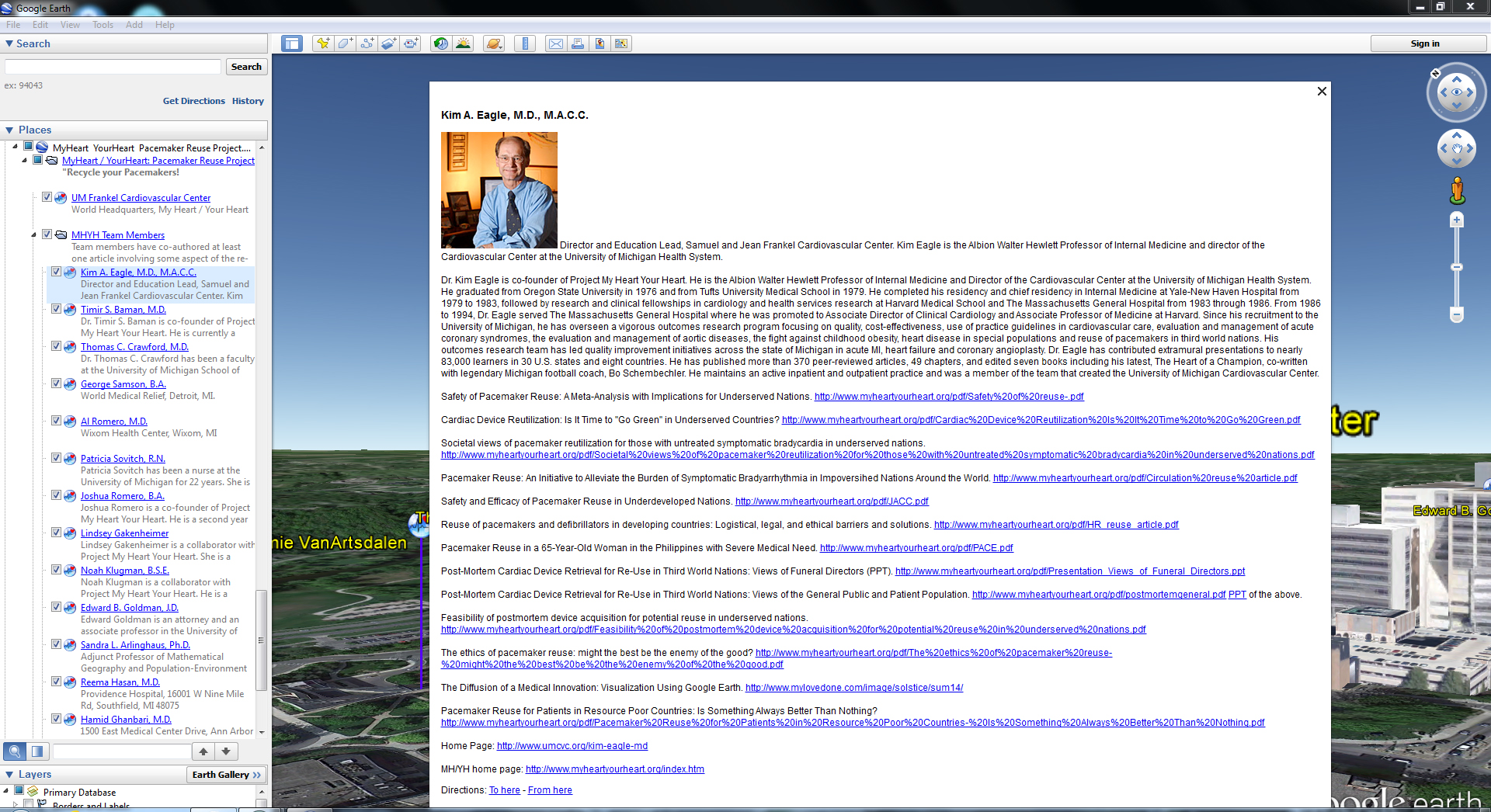
Figure 2. Extra material enters the scene when balloons are
clicked on. The image in this figure shows the image within the
software so that the reader can get a realistic idea of how the
software interface should appear.
| For those who do not
use Google Earth, we enclose a sequence of screen
captures from it so that all readers who wish can have at least a
partial idea of what is available in the .kmz file. |
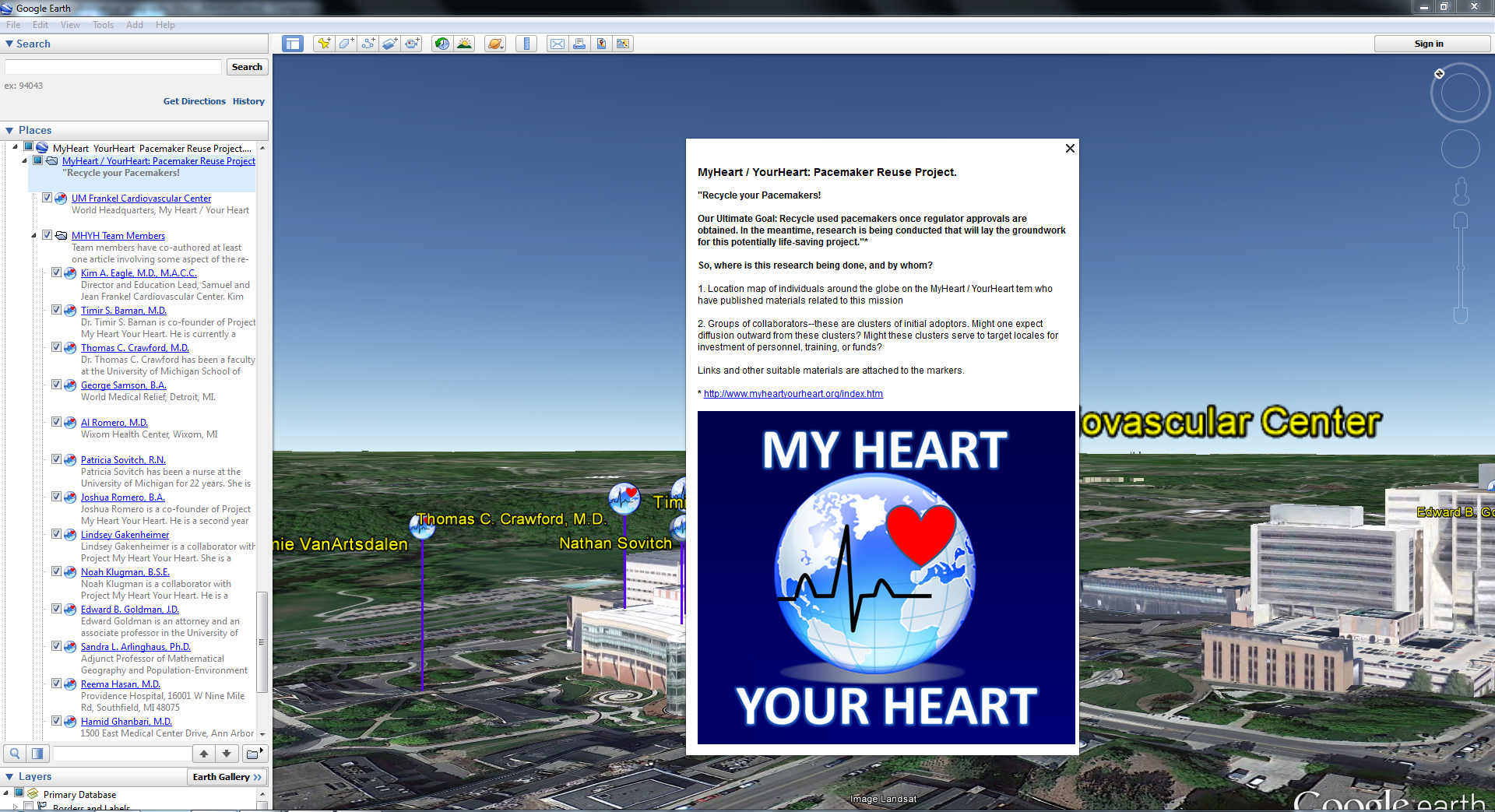
Figure 3. Read about MyHeart/YourHeart when the link on the top
layer is clicked on.
| Figure 4 shows a tour
of the Google Earth file. It is embedded in
the browser window. Click on the balloons. See what
comes up. Look around for yourself. If you stop the tour,
just push the play arrow and it will start up again. Or, download
the Google Earth file (from the link
above) and then click on the tour to see it directly in a larger
view. Then,
navigate around the scene yourself, clicking on links to get a good
sense of the richness of this project in terms of depth of global
contacts. |
Figure 4. Tour of the Google Earth file, MHYH.kmz embedded in the
browser window. It requires a contemporary browser (otherwise the
tour will not show up).
| Authors who are part
of this team are situated around the world.
One convenient way to visualize their locations is as groups of
collaborators. The animated sequence of screen captures from
Google Earth, Figure 4, takes each of the articles listed on the
MyHeart / YourHeart website, a related website, and this article, and
offers groupings of authors that can be turned on or off with the
simple click on a folder name in the .kmz file. Note that when
groups of collaborators include participants on either side of an
ocean, it is the ocean that is the focus in the screen capture.
Also, not all authors may show in any given screen capture (some
balloons may be blocked by others). The animation shows both the
global reach and the local and regional focal points in this
project. To get an even better vantage point, use the .kmz file,
itself...motivation to learn to download it and use it? |
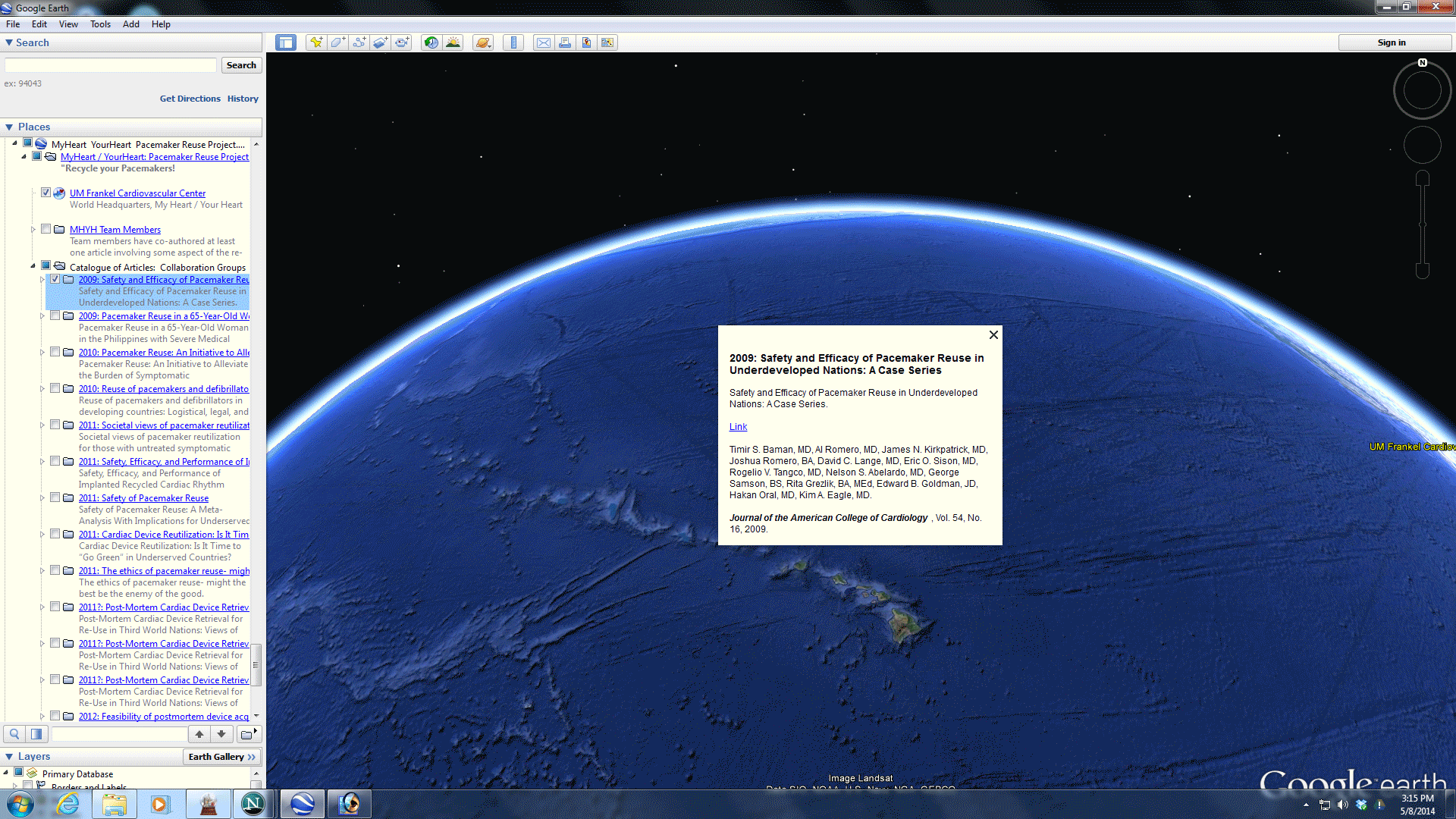
|
|
|
Figure 5:
Mapping collaborators shows both the global reach of the project as
well as local and regional focal points.
| Future updates might
track authors as they move around; other updates will of course be
based on the proliferation of publications. It will be
interesting and perhaps important to track this movement over
time. The current map is a baseline from which to measure both
infill and expansion, all coming from the diffusion of the innovation
of pacemaker reuse. |
**Torsten
Hagerstrand. 1968. Innovation
Diffusion as a Spatial Process.
Translation and Postscript by Allan Pred. Chicago:
University of Chicago Press.
*Sandra
L. Arlinghaus, Ph.D., is Adjunct Professor of Mathematical Geography
and Population-Environment Dynamics at The University of Michigan
School of Natural Resources and Environment and also Adjunct Professor
at The University of Michigan Institute for Research on Labor,
Employment, and the Economy (Chene Street History Study); Thomas
C. Crawford, M.D., is Clinical Assistant Professor, Internal Medicine -
Cardiology at The University of Michigan Health System; Kim
A. Eagle, M.D., is the Albion
Walter Hewlett Professor of Internal Medicine and Director of the
Samuel and Jean Frankel Cardiovascular Center at The University of
Michigan Health System. |
|
|
